Culture
Museum Avignon is a great place to learn all about the history of Australia and the historical development of the region over time.
Lying between the Indian and the Pacific Ocean, Australia is the largest island in the world and one of the largest country as well. It was initially inhabited by the Aborigine who is regarded as the oldest living cultural civilisation in the world. This shows that the region’s civilisation far before the arrival of the British and Europeans. It is believed that the first human population in the Australian region as far back as 65,000 years at least.
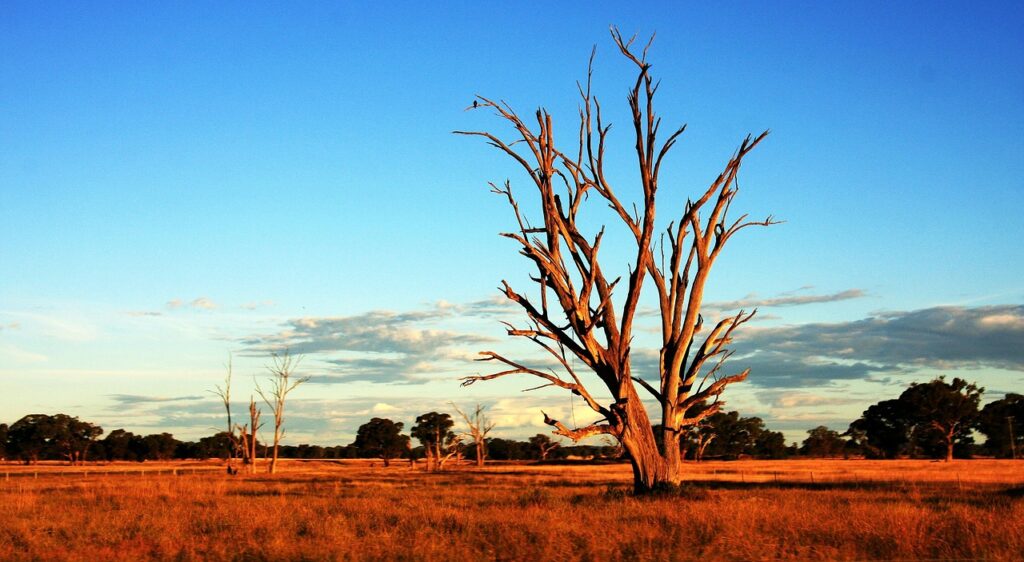
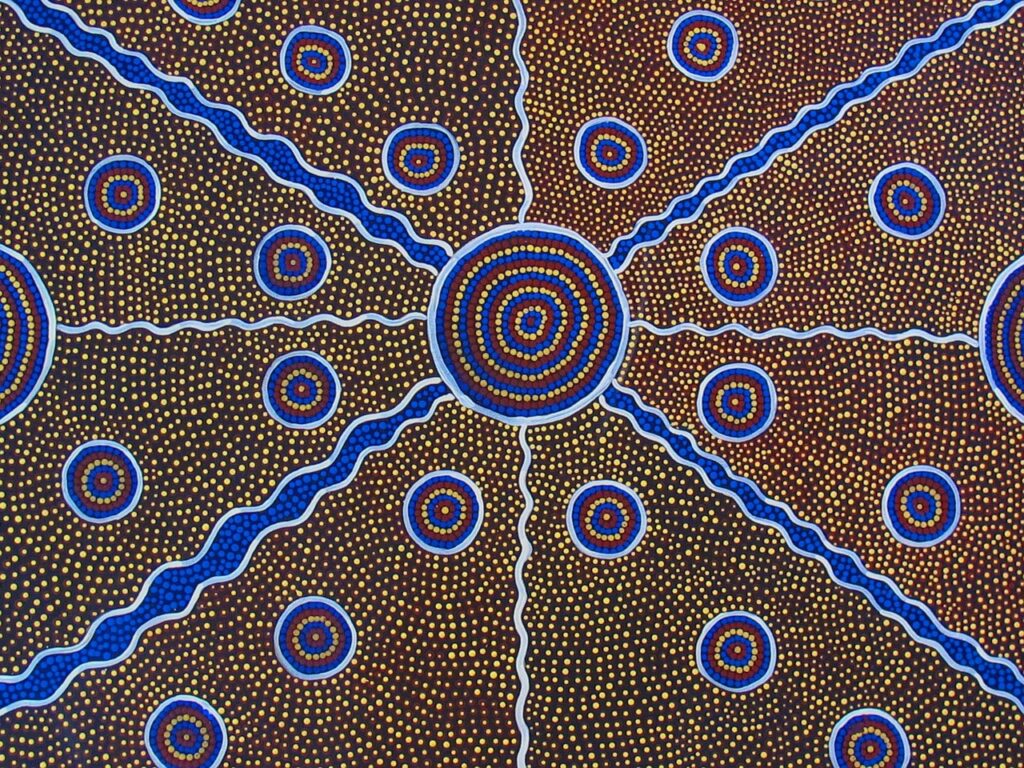

There are diverse opinions on where the first people to inhabit this region came from. There are anthropologists who believe that these people arrived on the Australian continent from Africa due to the migration of that period. However, it is hard to
demonstrate that Australian Aborigines are related to Melanesian or Asian population today. There is however evidence of linguistic and genetic interchange between Austronesian people in modern New Guinea and its island and the Australians of the far north. It is possible that this is because of intermarriage and trade.
There are estimates as to the number of people residing in Australia when the British colonised it in 1788. The estimates vary between 300,000 to 1 million, and some even estimate a population of 1.25 million. All the same, the cumulative population of people who have lived in Australia through the 65,000 years before the arrival of the British is put a 1.6 billion. The areas that were mostly inhabited by the Aborigine are the temperate regions that are currently the most densely populated areas of Australia.
The Aborigines represents a substantial part of the Australian culture and civilisation, which is why we have several collections of artefacts and objects that represent this
period of region history. Our researchers continue to study this period of our history, the geology of that period and other features that represent that period. You can come to visit our museum to discover and learn more about the cultures of Australia through objects, research works, and other resources.
The population of the Aborigines decreased drastically when the colonisation started in 1788, dropping to 50,000 by 1930. There are different opinions as to what led to this decline. Some claim it was due to the outbreak of diseases such as smallpox which affected the indigenous population since they had no immunity against it. Others believe it was due to the frontier clashes and deliberate killing of the indigenous people in some instances.
After the colonisation, the indigenous population, especially those living in the coastal areas were either depleted, absorbed, or forced off their land. It is only in areas where European settlement was sparse that the traditional aborigine life still persisted in its entirety. One of such places is the Great Sandy Desert. While the Aboriginal Tasmanians got close to becoming extinct, there are still thriving Aboriginal communities in different parts of Australia.
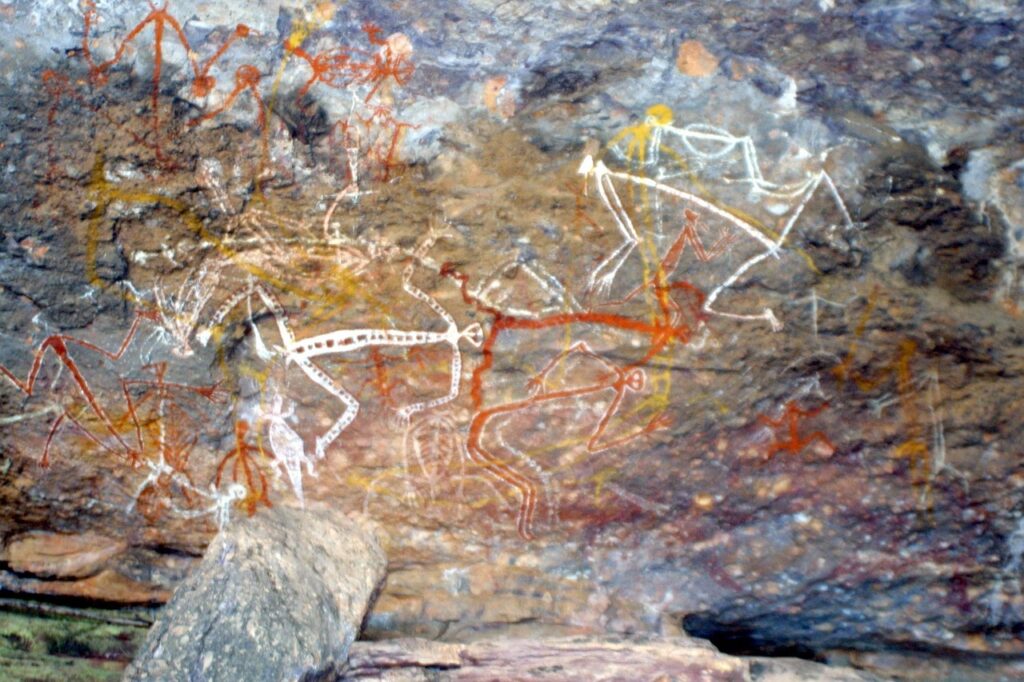
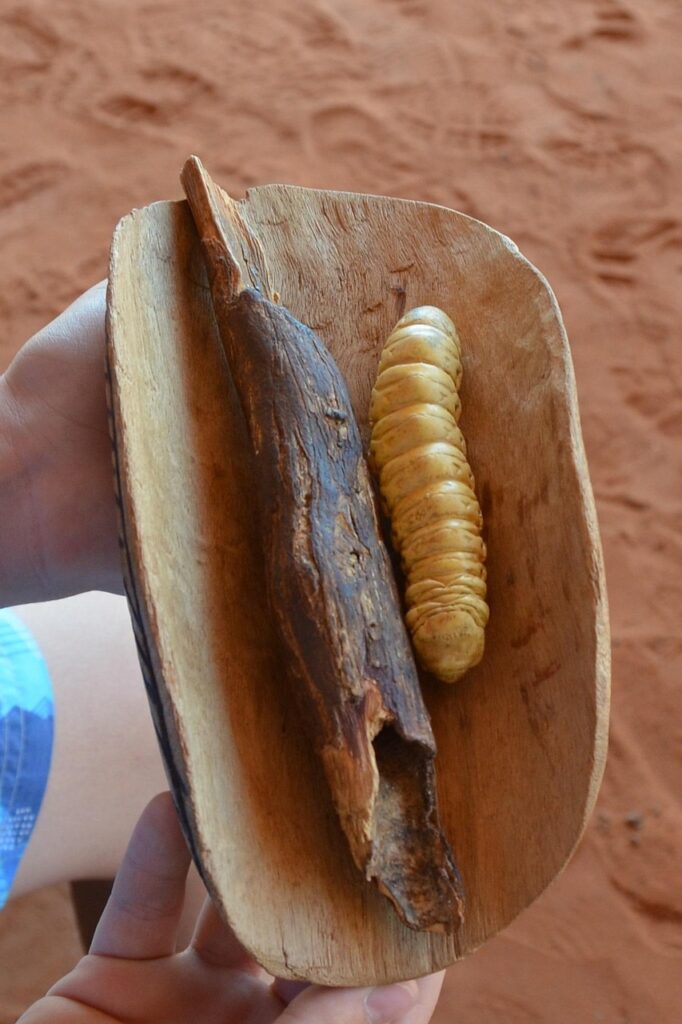
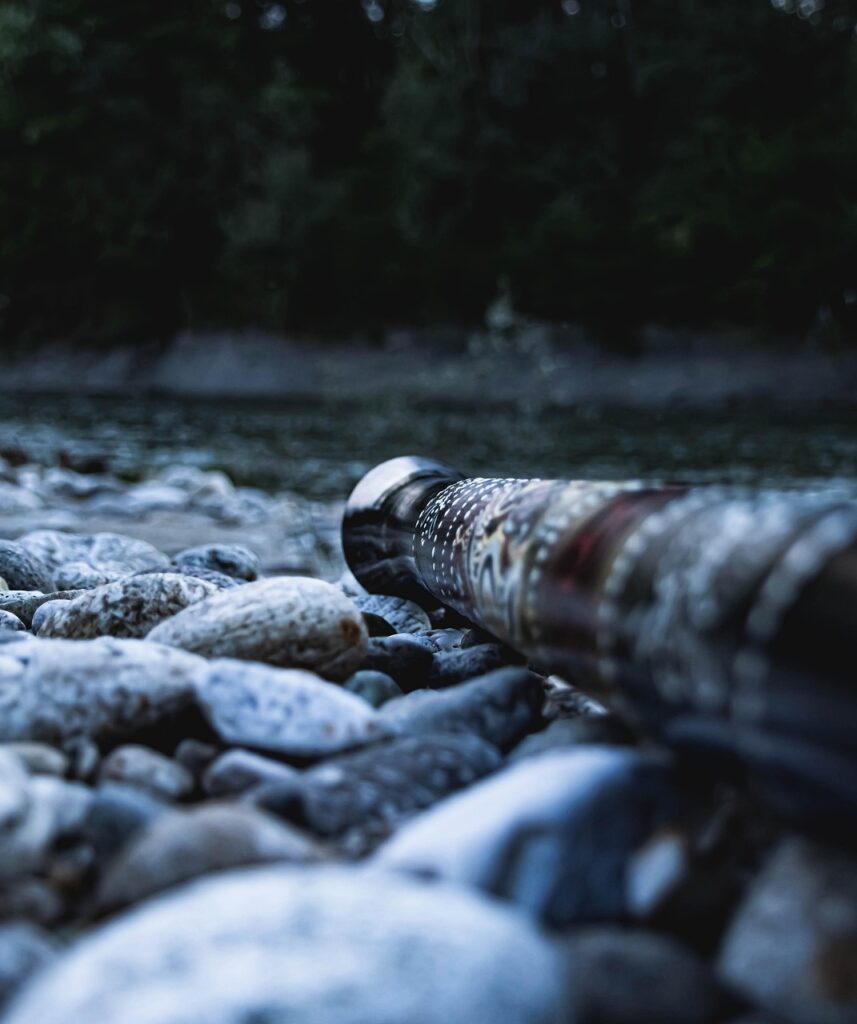
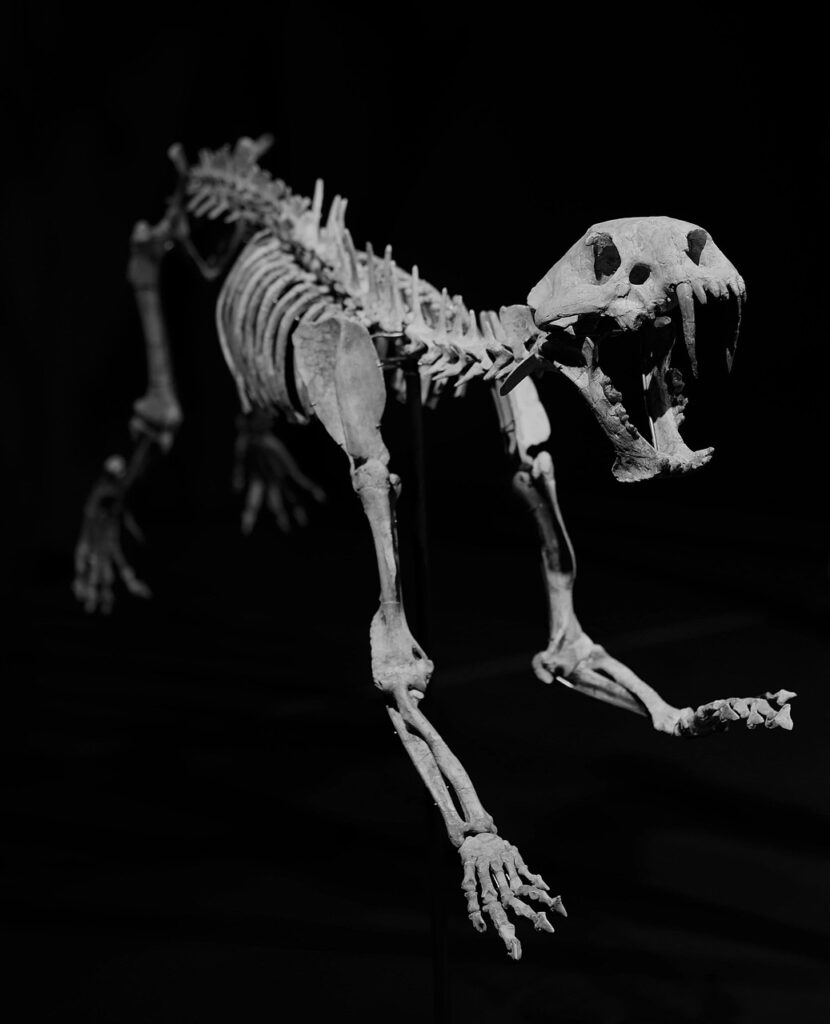
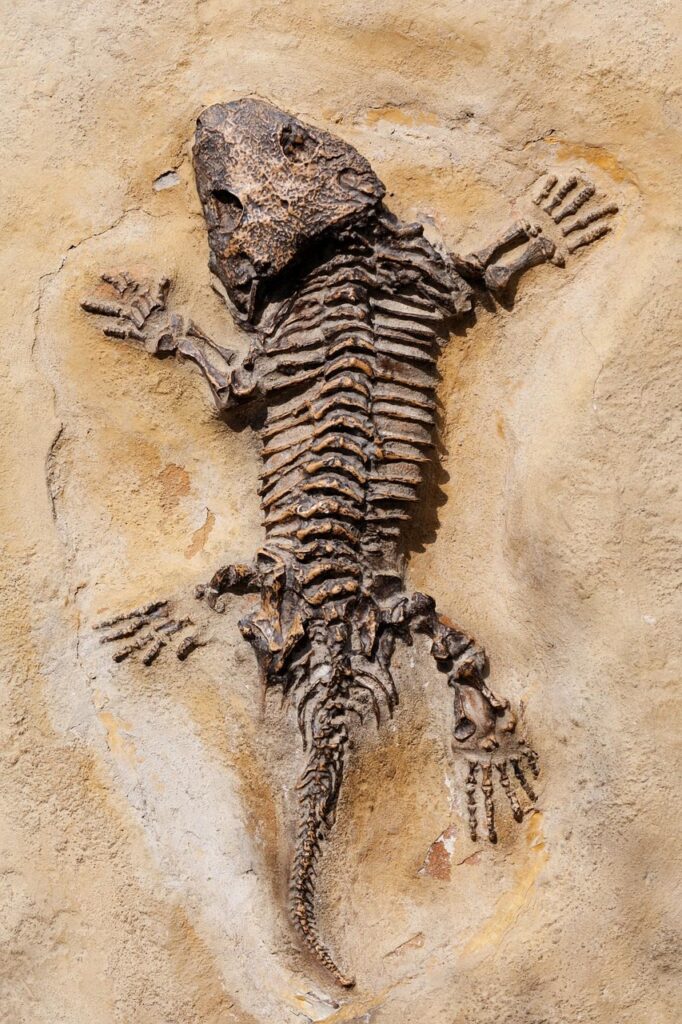
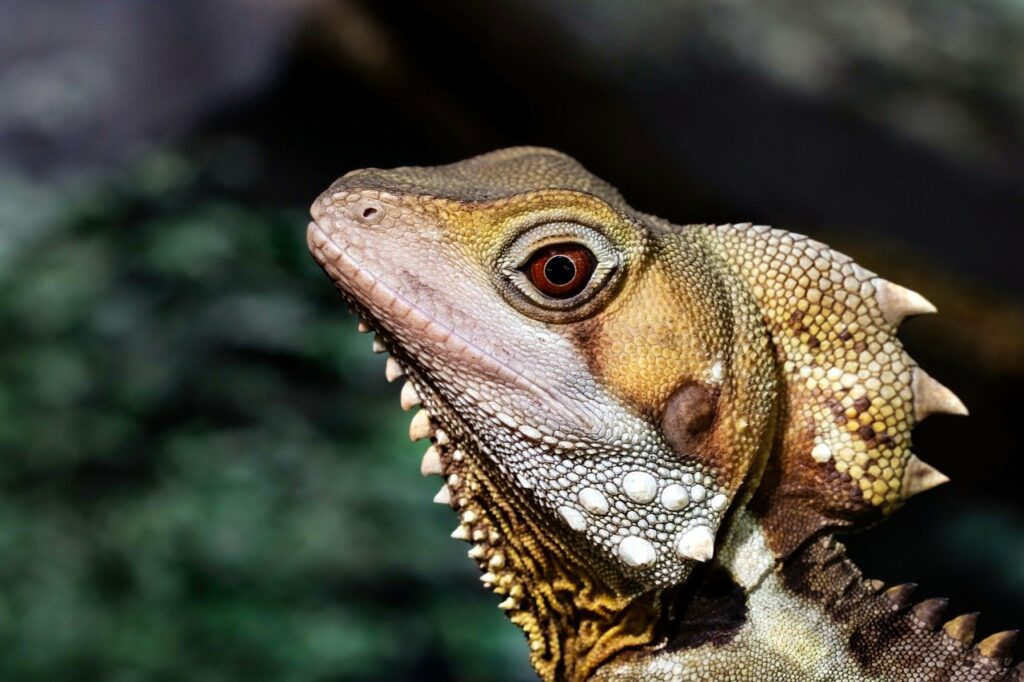
Culture
Museum Avignon is a great place to learn all about the history of Australia and the historical development of the region over time. Lying between the Indian and the Pacific Ocean, Australia is the largest island in the world and one of the largest country as well. It was initially inhabited by the Aborigine who is regarded as the oldest living cultural civilisation in the world. This shows that the region’s civilisation far before the arrival of the British and Europeans. It is believed that the first human population in the Australian region as far back as 65,000 years at least.
There are diverse opinions on where the first people to inhabit this region came from. There are anthropologists who believe that these people arrived on the Australian continent from Africa due to the migration of that period. However, it is hard to demonstrate that Australian Aborigines are related to Melanesian or Asian population today. There is however evidence of linguistic and genetic interchange between Austronesian people in modern New Guinea and its island and the Australians of the far north. It is possible that this is because of intermarriage and trade.
There are estimates as to the number of people residing in Australia when the British colonised it in 1788. The estimates vary between 300,000 to 1 million, and some even estimate a population of 1.25 million. All the same, the cumulative population of people who have lived in Australia through the 65,000 years before the arrival of the British is put a 1.6 billion. The areas that were mostly inhabited by the Aborigine are the temperate regions that are currently the most densely populated areas of Australia.
The population of the Aborigines decreased drastically when the colonisation started in 1788, dropping to 50,000 by 1930. There are different opinions as to what led to this decline. Some claim it was due to the outbreak of diseases such as smallpox which affected the indigenous population since they had no immunity against it. Others believe it was due to the frontier clashes and deliberate killing of the indigenous people in some instances. After the colonisation, the indigenous population, especially those living in the coastal areas were either depleted, absorbed, or forced off their land. It is only in areas where European settlement was sparse that the traditional aborigine life still persisted in its entirety. One of such places is the Great Sandy Desert. While the Aboriginal Tasmanians got close to becoming extinct, there are still thriving Aboriginal communities in different parts of Australia.
The Aborigines represents a substantial part of the Australian culture and civilisation, which is why we have several collections of artefacts and objects that represent this period of region history. Our researchers continue to study this period of our history, the geology of that period and other features that represent that period. You can come to visit our museum to discover and learn more about the cultures of Australia through objects, research works, and other resources.